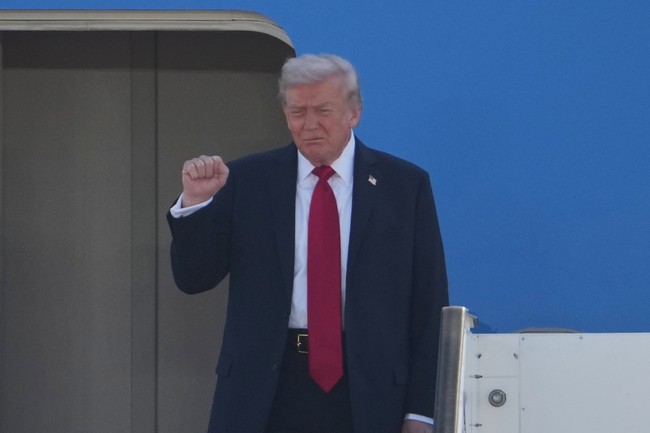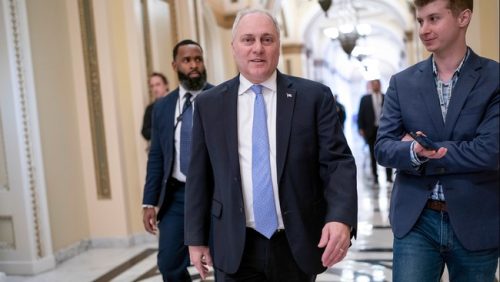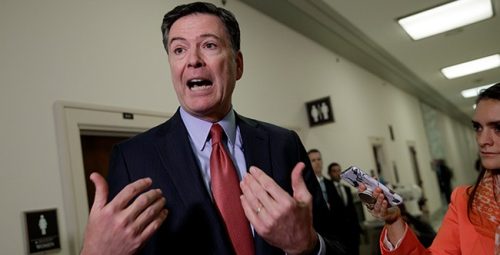Gas Prices Have Dropped Big League Under Trump. Here’s Why.
Gas prices have moved sharply lower since the presidential transition, and Americans are already feeling the difference at the pump. The national average has dipped below $3 per gallon, a level not seen since early pandemic price lows. That shift has political and economic implications worth unpacking.
Broadly speaking, the most immediate driver is global supply changes, not a sudden domestic miracle. OPEC+ steadily raised production through 2025, and recent agreement among several members added more barrels per day. Those extra barrels reduced tightness in global crude markets and helped push pump prices down.
The average price of gasoline in the United States has fallen to $2.98, hitting its lowest point since the pandemic-era low prices of 2020.
The national average gas price sits $0.152 lower than it did one year ago and $0.193 lower than just one month ago, according to a GasBuddy analysis. This follows the lowest Labor Day gas prices recorded since 2020 and falling gas prices heading into autumn.
“Gas prices have finally fallen below $3 per gallon nationally — the earliest date we’ve seen a $2.99 national average since 2020, when COVID was the primary driver of low prices,” Patrick De Haan, head of petroleum analysis at GasBuddy, said in a statement. “Currently, 35 states have average gas prices below $2.99/gal.”
De Haan said that Americans largely have OPEC+ to thank for the decline in prices as they have “steadily raised oil production for much of 2025.” OPEC+ has taken steps throughout 2025 to accelerate oil production. Most recently, eight countries agreed in early October to boost production by 137,000 barrels a day.
“Barring any major disruptions, gas prices are likely to remain slightly below year-ago levels and could stay under $3 for much of the next few months,” De Haan said.
White House press secretary Karoline Leavitt touted the price drop as part of “the Trump effect” in a post on X.
Those production moves explain a lot, but the political framing matters too. Republican leaders and the White House have highlighted lower pump prices as proof that pro-growth energy and foreign policy choices are delivering results for everyday Americans. That messaging resonates especially when families are juggling groceries, mortgage costs and borrowing rates.
On the demand side, consumer behavior and seasonal patterns also help. Refinery maintenance schedules, reduced summer driving and mild economic cooling can shave a few cents off the national average. Taken together, lower demand and higher supply create a clear path toward sub-$3 prices.
There’s a practical ripple effect beyond gas stations. Lower gasoline costs reduce short-term inflation pressure and can give households a bit more breathing room in monthly budgets. That relief also eases transportation and logistics costs for businesses, which can filter into broader price dynamics.
Still, vulnerabilities remain and prices could swing if global disruptions occur. Geopolitical shocks, unexpected refinery outages, or a sudden pickup in demand would push crude and retail fuel costs back up quickly. For now, however, the trajectory looks favorable and markets are pricing in a period of relative calm.
Politically, Republicans will use falling pump prices to argue that energy-first policies and predictable international posture yield practical wins. The White House will point to those same numbers as validation for its approach. Either way, the average American getting cheaper gas at the pump is the tangible outcome driving the headlines.
Economists will watch crude inventories, refinery throughput and OPEC+ statements closely in the coming months. If production commitments hold and demand stays muted, sub-$3 gasoline could persist through the near term. For drivers across the country, that would mean a welcome change of pace at the checkout lane.






